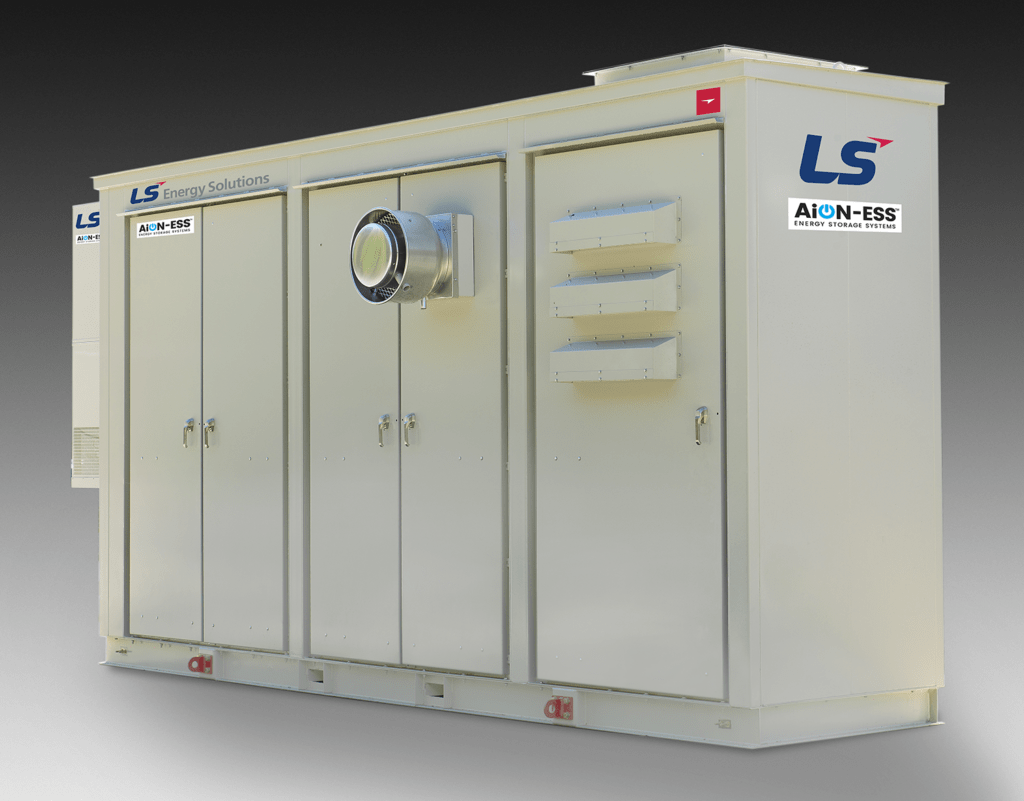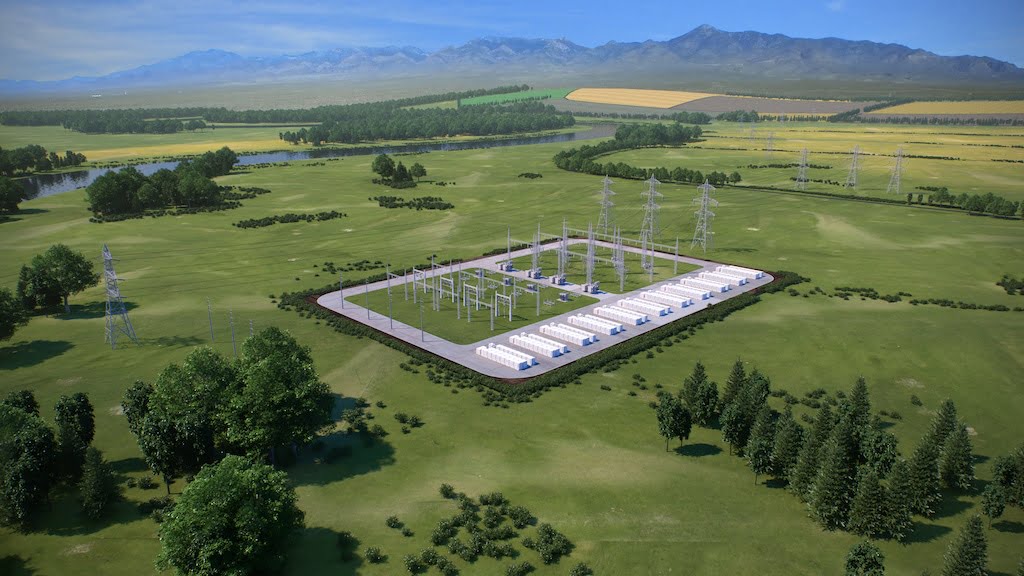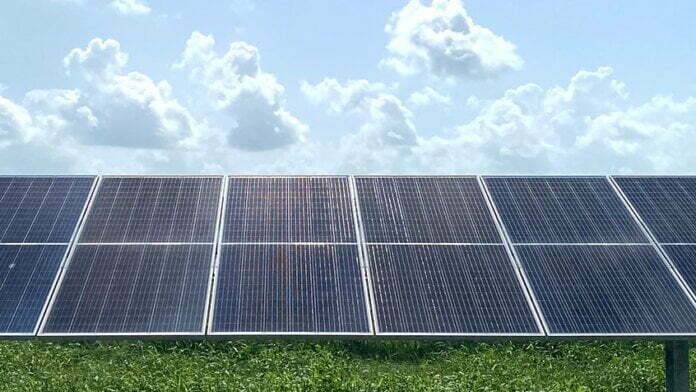LS Energy Solutions’ AiON ESS. Image: LS Energy Solutions.
LS Energy Solutions has delivered the first units of its new all-in-one energy storage system (ESS) solution, which will play into the PJM Interconnection ancillary services market in the US.
The company, formed in 2018 through the acquisition of Parker-Hannifin’s grid-tied energy storage business by a subsidiary of South Korean conglomerate LS Group, has supplied a 14.6MW/13.7MWh configuration of its AiON Energy Storage System (AiON-ESS) to the site in New Jersey.
The customer is New Jersey-based developer V20 Energy, and the 17-container system is now in the commissioning phase, with interconnection to the grid expected to happen in Q2 2022.
It will participate in the wholesale electricity market of PJM, the regional transmission organisation (RTO) which spans all or part of 13 US states and the District of Columbia.
LS Energy Solution launched the AiON-ESS last year, making it the latest energy storage provider to put on the market a modular, integrated solution for utility-scale and commercial & industrial (C&I) customers.
V20 Energy has picked the AiON-ESS Power Series configuration, which is suitable for short duration applications requiring one hour of storage or less. Its counterpart, the Energy Series, is configurable for applications requiring two to four hours duration.
LS Energy Solutions uses batteries from Tier 1 providers Samsung SDI and SK Innovation, coupled with the company’s own fourth generation string inverters and thermal management equipment. The systems can be augmented at a later date with the addition of new enclosures.
The units come pre-assembled, which means they require minimal installation work and are easy to use, the company claimed. The AiON-ESS has undergone UL9540 testing.
“Our design incorporates features which reduce on-site work and material by incorporating these functions in a stable and repeatable factory environment,” LS Energy Solutions CEO Steve Fludder said.
“We are leading a transition from executing bespoke projects to delivering standardised products.”
Energy storage system integrators across the industry are shifting towards offering standardised, modular and integrated products that can be factory assembled and installed more simply, Energy-Storage.news heard in a recent interview with market analyst Oliver Forsyth from IHS Markit.
Several leaders among global system integrators have taken this route, with products launched including Tesla with the Megapack, Wärtsilä’s Gridsolv Quantum, Fluence’s Cube and Powin’s Stack alongside offerings like Leclanché’s LeBlock, and Saft’s Intensium Max and others jostling for space in an increasingly crowded market.
Continue reading










